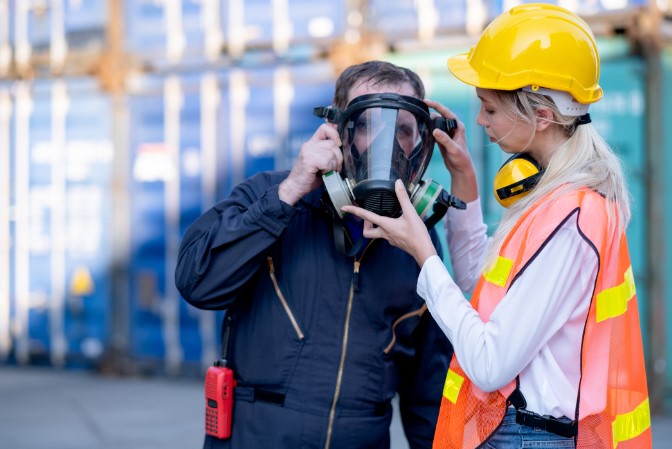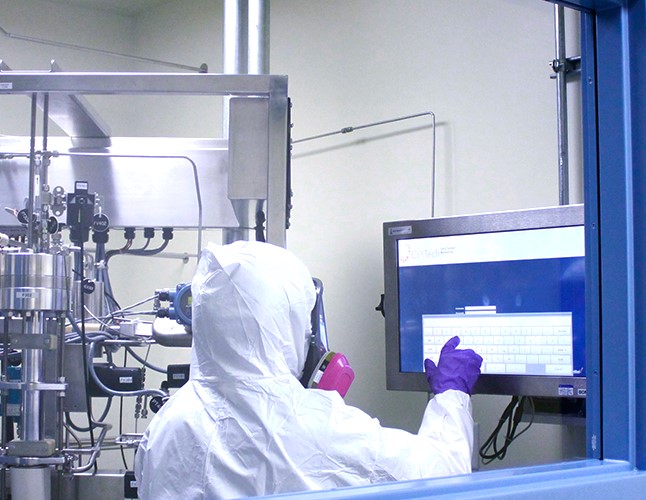
Reducing Workplace Dust: Protecting Employee Health Through Safety Programs and Innovation
Minimizing dust levels in your facility is crucial for maintaining a safe and healthy work environment. Airborne dust contamination can lead to serious health issues, including lung diseases such as pneumonia, pneumoconiosis, and extrinsic allergic alveolitis, as well as certain cancers. Beyond respiratory problems, dust exposure can also cause damage to the eyes and skin, potentially leading to skin conditions or even cancer.
Given the significant risks associated with dust exposure, it is essential for businesses to take comprehensive measures to protect their workers. Many organizations have implemented specialized programs aimed at mitigating these risks. These programs often start with thorough education and training for all employees, emphasizing the dangers of dust and strategies to minimize exposure. Additionally, providing personal protective equipment (PPE) is a common practice. This includes barrier creams to protect the skin, goggles or visors to shield the eyes, and face coverings or masks to safeguard the respiratory system.
Beyond these standard measures, businesses are continuously seeking innovative ways to enhance workplace safety and improve conditions for their employees. For further insights into these ongoing efforts and how companies are addressing dust-related challenges, refer to the infographic included with this post.
The Danger Of Dealing With Dust In The Workplace, provided by DuroVac, an organization offering a dependable heavy duty industrial vacuum


